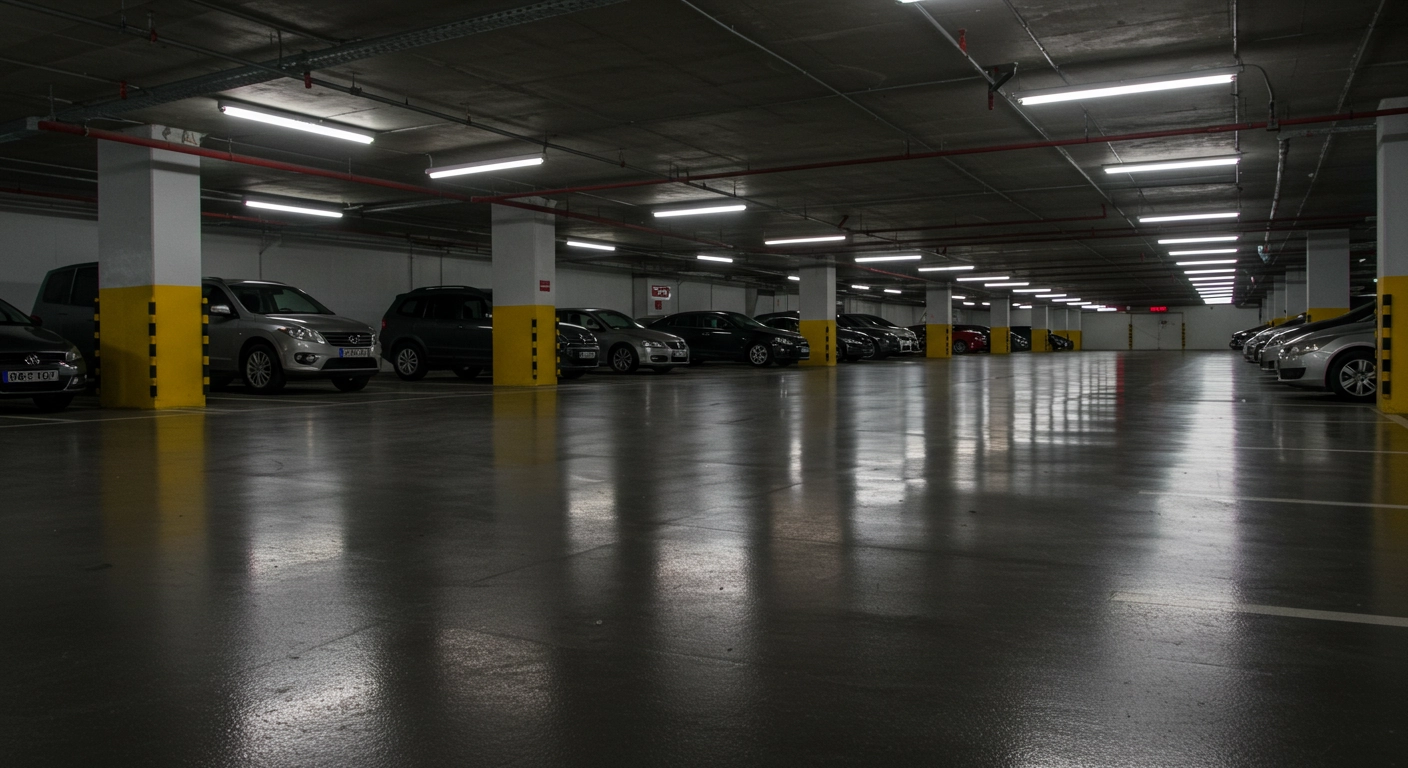Professional Epoxy-coated Floors Cleaning Guide
Optimal Practices with Aiolith Commercial Floor Scrubbers

Understanding Epoxy-Coated Floor Characteristics
Epoxy floors are composed of resin and hardener compounds that form a smooth, non-porous, and high-gloss surface once cured. Their key advantages include:
- High resistance to chemicals, oil, and grease
- Low maintenance and easy cleaning
- Seamless surface preventing dirt accumulation
- Excellent durability for heavy foot and equipment traffic
Despite their strength, improper cleaning techniques—such as using harsh chemicals or abrasive brushes—can dull the gloss, cause discoloration, or weaken the coating. That’s why Aiolith commercial floor scrubbers are designed with adjustable brush pressure and precision water control, ensuring safe and efficient maintenance.
Choosing the Right Cleaning Solution
Selecting the correct detergent helps preserve the coating’s shine and chemical resistance. For epoxy-coated floors, Aiolith recommends:
✓ Neutral pH Cleaners (pH 7) — Perfect for everyday maintenance without affecting the coating’s gloss.
✓ Mild Alkaline Cleaners (pH 8–9) — Ideal for removing oil, grease, or rubber scuff marks during periodic cleaning.
✗ Avoid Acidic or Solvent-Based Cleaners — These can degrade the resin layer and cause surface haze or fading.
✗ Avoid Abrasive Powders or Degreasers — They can scratch the epoxy surface.
Pro Tip: Always dilute concentrated cleaners as instructed, and use clean water to avoid residue streaking.
How to Use Aiolith Floor Scrubbers
Aiolith scrubbers combine gentle mechanical cleaning with optimized suction and water recovery, ideal for epoxy-coated environments such as warehouses, factories, laboratories, and commercial spaces. Follow this step-by-step cleaning guide:
- Remove Loose Debris: Sweep or vacuum the surface to remove dust, sand, or small particles that could scratch the coating.
- Prepare the Cleaning Solution: Mix a neutral or mild alkaline detergent with clean water in the scrubber’s solution tank.
- Select the Right Pad or Brush: Use soft nylon brushes or red pads for general cleaning. For high-gloss floors, opt for white pads to avoid surface dulling.
- Adjust Machine Settings: Set medium brush pressure and moderate water flow. Excess water can create streaks or leave residue.
- Operate at Steady Speed: Move the scrubber evenly across the floor in overlapping passes for full coverage.
- Rinse and Dry: Use Aiolith’s efficient squeegee system to extract dirty water instantly, leaving the surface clean and dry.
- Buff for Shine (Optional): After drying, use a high-speed polishing pad to restore the epoxy’s reflective gloss.
Precautions When Cleaning Epoxy-Coated Floors
To preserve the aesthetic and protective properties of epoxy coatings, follow these essential precautions:
- Avoid acidic, solvent, or bleach-based cleaners—they can erode the coating.
- Never use metal brushes or black pads that can scratch or dull the surface.
- Prevent standing water—prolonged moisture can cause slippery surfaces or staining.
- Always rinse thoroughly after deep cleaning to remove chemical residue.
- Keep squeegee blades clean to prevent streaking.
Maintenance Best Practices
Preserving the protective properties and appearance of epoxy coatings.
Daily Maintenance
- Sweep or dust mop with microfiber to remove abrasive particles
- Spot clean chemical or liquid spills immediately
- Use non-staining walk-off mats at all entrances
Weekly Deep Cleaning
- Mop or scrub with a medium-bristle brush and a pH-neutral cleaner
- Pay special attention to high-traffic or production areas
- Rinse thoroughly with clean water to remove all residue
Periodic Care
- Monthly intensive cleaning with an auto-scrubber for large areas
- Quarterly inspection for signs of wear, scratches, or damage
- Annual professional evaluation of coating integrity and slip resistance
Preventive Measures
- Use only manufacturer-recommended, epoxy-safe cleaning chemicals
- Avoid using acidic or abrasive cleaners like Comet or steel wool
- Train staff on proper spill response to prevent chemical damage